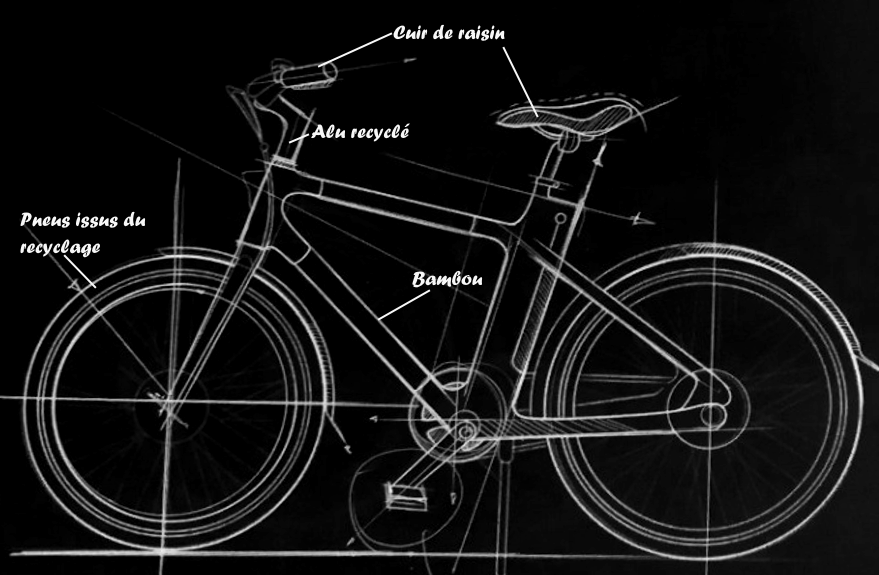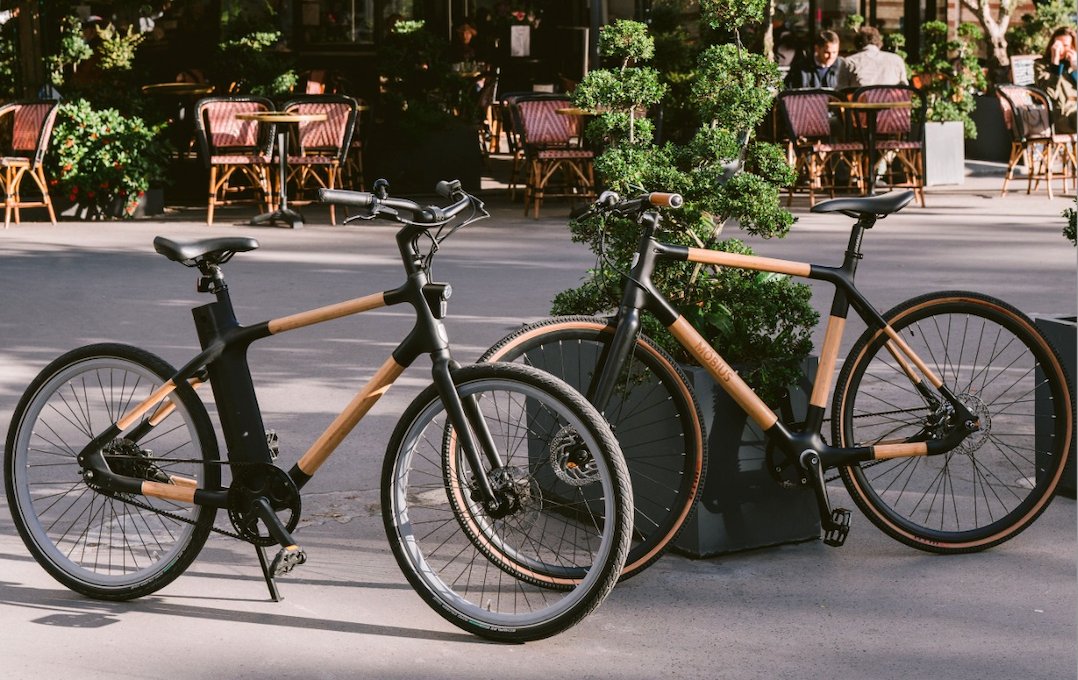The velocipede, now called bicycle, appeared in 1818. It was a revolution in the means of transport for that time. This invention not only transformed the field of transport, but the bicycle made life easier for many women, who were often used to staying at home.
A symbol of independence
The bicycle made its first appearance in Europe in the 1860s. It was mainly wealthy men who had access to this privilege. Their wives, because of their extravagant outfits, did not use the bicycle, which they considered dangerous and impracticable. This means of transport, very expensive at the time, was therefore not accessible to all social classes. It was, in the first years of this invention, the symbol of elegance as well as modernity.
In the 1870s, women gained independence through the suffragettes and for the first time had the opportunity to use individual transport.
In the United States, bicycle manufacturers are beginning to create models for women . And as early as 1849, Amélia Bloomer and Elizabeth Stanton, two suffragettes, preached against bulky skirts. They developed the boomer, baggy trousers, which at the end of the 19th century would become the costume of women's cycling clubs . In France, from 1868, we meet women on bicycles, also wearing a kind of baggy pants with lace, considered rather daring at the time.
Is cycling bad for your health?
It's no secret that at the time, men feared that cycling would take women away from their marital duty. Many theories began to emerge such as a so-called danger to their health.
Several doctors then lean on this assumption but that will not prevent the women from using this means of transport, which then offers them a certain freedom. Scientific research on this subject will eventually be abandoned.
Cycling, now accessible to all
From the 1880s, the bicycle was no longer reserved for wealthy families. Indeed, between 1880 and 1890, the price of two-wheelers decreased considerably. This makes it accessible to all social classes, so its use is spreading very quickly. To accommodate women cyclists , bicycle manufacturers are developing models with low frames.
With the bicycle, women have won the right to travel where and with whom they wish. At the same time, a few years later, women's right to vote recognized their mental capacities. But the right to pedal freely has given women a much more tangible freedom , used on a daily basis.
Finally, it took until 1984, at the Olympic Games in Los Angeles, for women to be allowed to participate in cycling competitions .
Susan B. Anthony, an American suffragist said:
“The bicycle has done more for the emancipation of women than anything else in the world. »
Of our time...
Currently, in Europe and in developed countries, cycling has become an indispensable means of transport for women. In two centuries, the bicycle has undergone many improvements which have clearly contributed to the emancipation of women.
What about poorer countries, where women are still under house arrest?
In Afghanistan, for example, it is frowned upon for a woman to ride a bicycle, for two reasons: the first relates to virginity and honour, the second to independence and mobility.
Sport, and cycling in particular, is considered an activity that undermines the honor of women, not only because practicing it is considered immoral, but also because it leads to the loss of the hymen. If, in the West, this problem is not a concern for young girls, this question is very worrying in a country where virginity tests are still carried out as proof of honor.
In the 2000s, groups of women cyclists were created, against the advice of men, and many girls cycle at nightfall or dressed as boys.
A national women's cycling team was created a few years later, although it still does not have the same prospects as the men's team, it is a step forward in this country. Many groups of girl cyclists inspire each other and help each other.
It took a generation of American and European women on bikes to overcome the barriers of prejudice. It took them almost a century to be accepted as professional cyclists on the same level as male cyclists. It is not the achievements of one or five years that will change the situation. It takes a generation for real change to emerge. The Afghan women who cycle today do so for the emancipation of the women of tomorrow . It will take decades for all girls to enjoy cycling, but with every pedal stroke they claim their rights and inspire others to do the same.
Sources:
https://www.un.org/fr/chronicle/article/la-liberation-des-femmes-par-le-velo
https://cyclonordsud.org/mission/la-liberation-des-femmes-par-le-velo/





Leave a comment
All comments are moderated before being published.
This site is protected by hCaptcha and the hCaptcha Privacy Policy and Terms of Service apply.